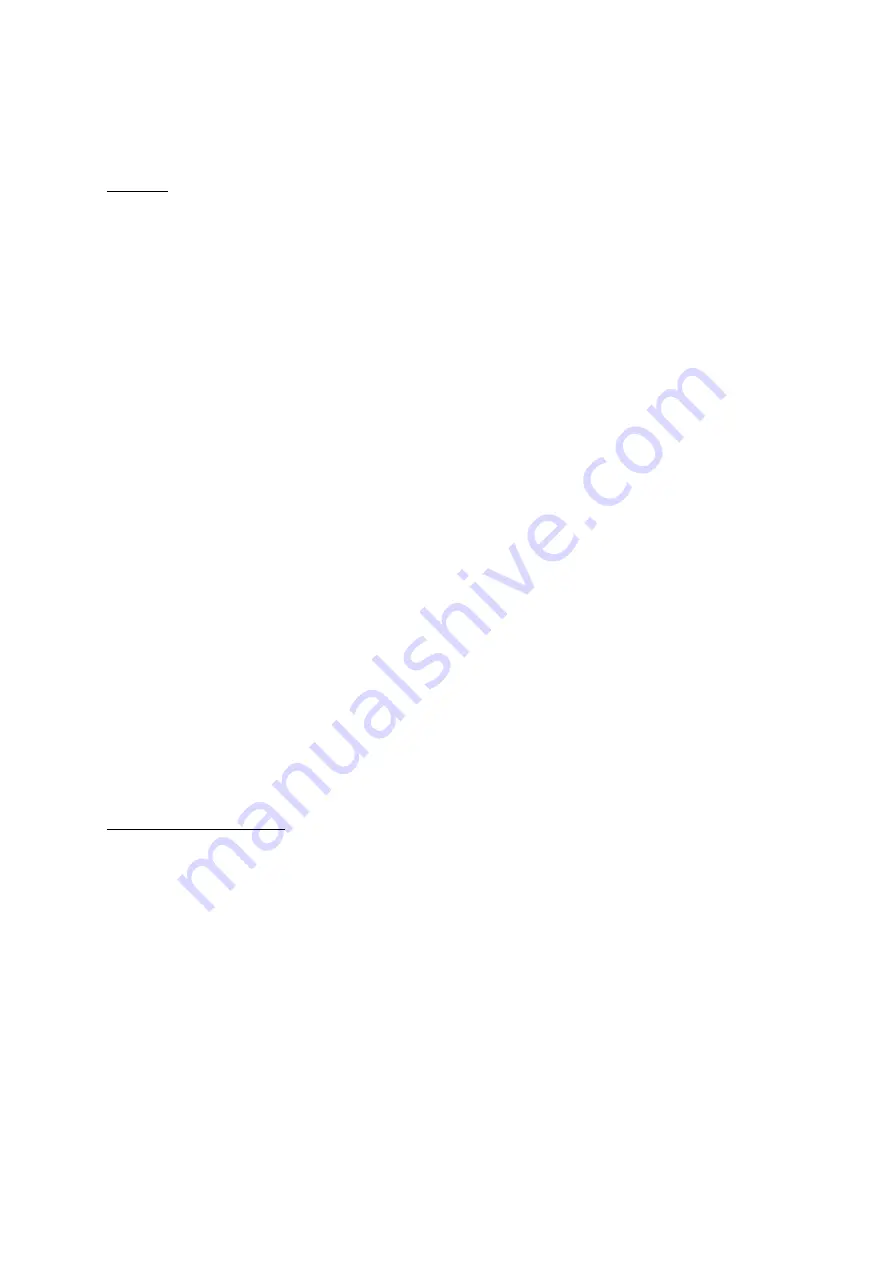
L'HOTELLIER
COMPONENT MAINTENANCE MANUAL
12589-( )
PRINTED IN FRANCE
26-20-50
Page 5002
APR 01/11
TASK 26-20-50-200-802-A01
2. Definition
A.
The definitions that follow are applicable to this section.
(1)
Minimum Allowable Wall Thickness
(a)
The minimum wall thickness is that thickness of the container metal given by the
specification used to make the container.
(2) Dents
(a)
Dents are deformation of the container caused by a blunt object and does not cause
the wall thickness to be decreased.
(3)
Cuts, Gouges, Digs, and Scratches
(a)
These are damage which cause loss of wall thickness and are caused by sharp
objects that cut into the metal.
(4) Corrosion
(a)
Corrosion is the loss of thickness by some corrosive effect. It usually shows as
general corrosion or pitting corrosion.
(b)
General corrosion shows a uniform loss of wall thickness in a large area.
(c)
Pitting corrosion can be small and localized or large and scattered.
(d)
Line corrosion is a series of pits closely spaced which appear to be "in line". This
condition is more serious than isolated pitting.
(5) Bulges
(a)
Bulges are irregular surface dimensions on parts of the container. Most containers
are made with an almost symmetrical shape. Bulges usually occur because of too
much pressure or because the container became too hot.
TASK 26-20-50-210-801-A01
3.
External Surface Inspection
A.
Visually examine the container for damage, dents, scratches, gouges, nicks, weld cracks and
loose or missing components.
B.
You must discard containers that have bulges.
C.
Use the data in Compressed Gas Association (CGA) Pamphlet C-6 to determine if you must
accept or reject containers that have dents. Refer to 49 CFR 173.34.
D.
You must discard containers that have scratches deeper than 0.10 mm (0.004 in), or longer than
51 mm (2.0 in).
The document reference is online, please check the correspondence between the online documentation and the printed version.






























